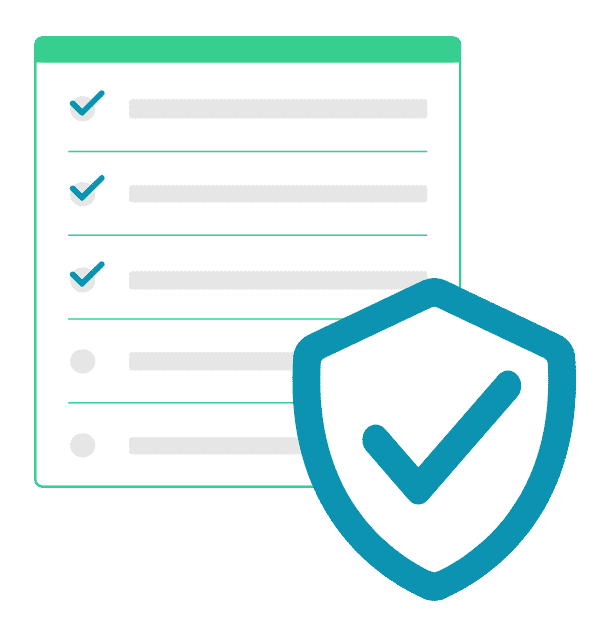Risk Assessment – Is this required?
Yes, performing a Risk Assessment is required by HHS1. If you are audited, you will be required to show a Risk Assessment as a part of your Compliance Plan. Imagine going to an IRS audit without any tax returns. Your Risk Assessment is like your schedule C. Let’s just say it’s not going to be a very successful audit without this.
What is contained in a Risk Assessment?
Your Risk Assessment is broken down into 3 key areas and your responses to the questions in each area will help you create your Policies and Procedures.
- Administrative Safeguards – Here you list your administrative requirements that include answering questions about your:
- Sanction Policy for employees that violate your policies;
- Policies and Procedures review schedule; and,
- Plan for dealing with Breaches.
The answers will help you assess what information needs to be included in your Privacy and Security Policies and Procedures.
- Technical Safeguards – How does your practice or company protect ePHI? Do you have:
- A data backup plan
- A disaster recovery plan
- An emergency mode of operation plan
- Physical Safeguards – This area deals with physical files, and how you protect your offices.
- Who has access to your location?
- How do you protect patient or client files?
- How do you control who has access to physical files?
Are There Any Free Tools?
HHS offers a free tool for medical practices:
http://www.healthit.gov/providers-professionals/security-risk-assessment-tool
For small- to medium-size practices, using the free tool from HHS is perfectly acceptable. Make sure that you include your IT department or contractor in performing the Risk Assessment. If they are contractors, they will need to be properly vetted and signed as a Business Associate prior to accessing your PHI.
For larger practices or companies, you may wish to contract with a service that specializes in doing Risk Assessments. Again, make sure you vet those contractors, and review their Compliance Plan before you allow them access to your premises and PHI.
How Often Do You Need to Perform a Risk Assessment?
The Risk Assessment is a living document, and the first year you have this in place, you may find certain parts work, and others don’t. This means you need to update the document to reflect any changes you make along the way.
There are 4 situations that will require you to perform a Risk Assessment.
- Initial HIPAA Implementation
- Any Major Changes in Software and/or Hardware – You are required to update your Risk Assessment after any major changes. This should be done prior to updating all systems in your practice or company You will want to test and verify that the new software or hardware is going to be acceptable before you launch it full scale. This will keep you from having to enact your “emergency operation” policy.
- It’s Been a While – It’s been 2-3 years, you haven’t changed much in your practice or company, it’s probably a good idea to revisit your Risk Assessment. Remember to review your Business Associates and their compliance plans at this point.
- Breach – If you have a Breach, then you a required to perform a Risk Assessment to find out where things went wrong. This may have been a malware attack, unauthorized access to your premises, or a lost device. Document the reason, and what steps you have taken to mitigate the breach. Also, remember Breaches of over 500 individuals’ info requires you to contact HHS and local media. If the information includes anyone from California, you are also required to notify the California State Attorney General’s office.
Don’t forget to register for our webinar on Electronic Devices here. Next week we will be covering what happens when you have a Breach and what you need to do in this unfortunate event.



